Is Chiropractic Pseudoscience? Debunking Myths & Facts
So, you've heard the debates and seen the headlines: is chiropractic pseudoscience? This question has stirred up a great deal of controversy within both public health circles and among those seeking relief from musculoskeletal pain.
Diving headfirst, why does chiropractic treatment spark so much debate and intrigue? Delving into its origins, juxtaposing it with mainstream healthcare practices, and meticulously examining the empirical support for spinal adjustment methods offer a comprehensive understanding.
In this read, you'll get a clear view on whether chiropractic adjustments stand up to scientific scrutiny or if they lean more towards traditional beliefs without substantial backing. Plus, we're going to look at patient safety concerns—because knowing what you're signing up for is crucial.
Ready? Let's unravel this mystery together.
Table Of Contents:
- The Roots and Evolution of Chiropractic Care
- Scientific Scrutiny of Chiropractic Practices
- Comparing Chiropractic with Conventional Medicine
- Patient Safety in Chiropractic Treatment
- Educational Standards for Chiropractors
- The Role of Chiropractics in Modern Healthcare Systems
- FAQs in Relation to Is Chiropractic Pseudoscience
- Conclusion
The Roots and Evolution of Chiropractic Care


Chiropractic care has come a long way since its inception in the late 19th century. It began with theories developed by D.D. Palmer, who was deeply influenced by the magnetic healing practices of his time. Yet, as it stands today, chiropractic's history is not just a tale of mystical origins but also one of adaptation and scientific pursuit.
From Magnetic Healing to Spinal Adjustments
In those early days, Palmer theorized that manual adjustments of the spine could cure diseases—linking bodily health directly to spinal alignment. Palmer's hypothesis signified a pivotal shift, moving away from the general concept of magnetic healing to zeroing in on correcting spinal misalignments using hands-on manipulation.
This evolution wasn't just about changing methods; it was about refining focus. Focusing on musculoskeletal maladies, especially back pain which plagues countless individuals globally, became the practice's new direction. As these developed methods gained traction among patients seeking relief from neck pain and other musculoskeletal problems without resorting to invasive surgeries or medications with potential side effects, chiropractic care carved out its niche within complementary medicine.
The journey from a loosely defined concept based on magnetic fields to an organized profession focusing on physical medicine shows how chiropractics adapted over time despite skepticism from some quarters of traditional healthcare systems. Nowadays, chiropractors possess a deep understanding of various manipulation methods designed to alleviate pain stemming from both sudden injuries such as those acquired in athletics, and long-standing ailments like osteoarthritis.
Educational standards have evolved significantly too—ensuring aspiring chiropractors undergo rigorous training in health sciences before they can practice professionally anywhere—from North America where this discipline found its roots, across continents where different public health policies govern healthcare provision including what treatments insurance premiums will cover.
Key Takeaway:
Chiropractic care evolved from 19th-century magnetic healing to a focused science on spinal adjustments, adapting over time despite skepticism. It now plays a key role in complementary medicine, offering relief for musculoskeletal issues without invasive surgeries or medication side effects.



Subscribe To Dr Mike's MVP Newsletter!
Exclusive content, interesting topics, real insights.



Scientific Scrutiny of Chiropractic Practices
The journey into understanding chiropractic practices often leads to a fork in the road: one path veers towards acceptance, guided by firsthand experiences and anecdotal success stories; the other demands scientific scrutiny, where evidence and studies pave the way. Today, we're taking the latter route.
Debunking Subluxation Theory
The concept of subluxation stands as a pillar for many within the chiropractic community. Rooted in the notion that spinal misalignments can disrupt nerve communications, leading to a range of illnesses, this theory holds significant sway despite its contentious standing in modern scientific discourse. But here’s where things get sticky—this core idea lacks solid footing in contemporary science. A substantial number say it’s more myth than reality because no study published has provided sufficient evidence to back up this claim fully.
In fact, modern medical literature suggests that while musculoskeletal problems can indeed cause discomfort and impair function, there's scant support for claims that they lead directly to systemic health issues through nervous system interference as described by traditional chiropractic theory.
Efficacy in Treating Back Pain
Now let's shift gears a bit. When it comes to handling back pain—a common complaint dragging folks into clinics—the narrative changes somewhat. Here lies an area where chiropractic adjustment shines under scientific evaluation. Spinal manipulation therapy (SMT), one typical method employed during visits, shows promising results for acute pain relief but draws mixed opinions regarding chronic conditions.
To wrap our heads around this complex subject requires looking at both sides under a microscope—acknowledging benefits seen in specific scenarios such as temporary relief from spine-related ailments while remaining critical about overarching claims lacking empirical backing.
Key Takeaway:
Dive deep into chiropractic practices to separate myth from science. Subluxation theory lacks solid scientific support, but don't dismiss chiropractic care altogether—studies show it can effectively treat certain types of back pain.
Comparing Chiropractic with Conventional Medicine


Discussing the nuances between chiropractic practices and traditional medical approaches is akin to juxtaposing two distinct fruit varieties. In the realm of health care, chiropractic, and traditional medicine each serve unique roles, addressing distinct needs and approaches to treating patients.
Differences in Education Levels
The journey to become a healthcare provider varies greatly between chiropractors and medical doctors. Medical education for doctors involves years of studying broad aspects of medicine, followed by specialized training in specific fields. On the other hand, chiropractors dive deep into musculoskeletal disorders, focusing on natural methods to promote healing. Through rigorous preparation, both fields are equipped to provide individuals with care that is not only high in quality but also customized to meet their specific health requirements.
This distinction is crucial because it highlights how each profession brings its unique perspective and skill set to patient treatment plans.
Approach To Patient Care
Chiropractors typically adopt a comprehensive wellness strategy, centering on spinal manipulation to address diverse ailments. This contrasts with conventional medicine's more segmented view of treating symptoms often through medication or surgery. Such differences underline why some patients seek out one type over another based on personal health philosophy or previous experiences with pain relief.
Moreover, research findings indicate that for ongoing discomfort management, chiropractic manipulations stand out as profoundly beneficial, sidestepping the necessity for pharmaceutical interventions or surgical tactics, even though conventional medical approaches remain crucial for sudden health crises and acute conditions.
Patient Outcomes
A substantial number of individuals report significant improvement from both types of treatment; however, the efficacy largely depends on the nature of the ailment being treated. Patient outcomes have been at the forefront when evaluating any form of therapy. It’s this evidence-based focus that helps bridge gaps between these two worlds, resulting in integrative approaches where they work together complementarily rather than competitively. Although there's a mix of opinions among experts in each discipline, data points to a growing acknowledgment of shared advantages, paving the way for joint endeavors aimed at enhancing patient welfare and broadening the spectrum of remedies for individuals battling diverse ailments.
Key Takeaway:
Chiropractic care and conventional medicine serve unique roles in healthcare, each with specialized training and approaches to patient treatment. While doctors focus on a broad spectrum of medical knowledge with an emphasis on medication or surgery, chiropractors specialize in musculoskeletal health, offering natural pain relief methods like spinal adjustments. Studies show both can effectively manage different health issues, highlighting the importance of choosing the right approach based on individual needs.
Patient Safety in Chiropractic Treatment
When it comes to chiropractic care, patient safety is a top priority. While some might worry about adverse effects, the truth is that minor reactions are common but severe complications are rare. A closer look at the data reveals that concerns like stroke following spinal manipulation have an extremely low occurrence rate.
This isn't just talk; research backs it up. According to The Spine Journal, these incidents are exceedingly uncommon compared to the millions of adjustments performed each year.
Why, then, despite the rarity of adverse events as highlighted by research, do individuals continue to seek out chiropractors in their quest for alleviation? Because when done right, chiropractic safe practices can offer significant benefits for managing pain without the need for invasive procedures or heavy medication reliance. Navigating the equilibrium of acknowledging hazards while appreciating their substantial contributions to wellness encapsulates the essence.
The Fine Line Between Risk and Relief
In navigating through patient complaints and ensuring quality chiropractic treatment, practitioners place immense focus on adjustment techniques tailored specifically towards individual needs while minimizing risk factors associated with spinal manipulation.
This attention to detail extends beyond simple back pain relief into broader musculoskeletal problems—demonstrating how comprehensive this approach can be as part of complementary medicine strategies alongside traditional medical advice from doctors.
Educational Standards for Chiropractors


Embarking on a career as a chiropractor involves more than just an interest in health sciences; it requires rigorous education and training. This journey begins at accredited national colleges that specialize in preparing students for the demanding world of chiropractic care.
Nationally recognized institutions offer comprehensive programs covering everything from basic anatomy to advanced spinal manipulation techniques. These programs not only equip aspiring chiropractors with theoretical knowledge but also provide extensive hands-on experience, ensuring graduates are ready to tackle musculoskeletal disorders head-on.
Chiropractic Education: A Deep Dive into Health Sciences
The core curriculum at these esteemed colleges is designed around a deep understanding of human biology, emphasizing the structure and function of the spine. Students delve into subjects such as biochemistry, pathology, and neurology, which form the foundation of their future practice. To ensure quality education standards are met consistently across all institutions offering this program national college accreditation standards have been established by governing bodies dedicated to maintaining excellence within the profession.
In addition to classroom learning, significant emphasis is placed on clinical experience where students apply their knowledge in real-world settings under supervision. This blend of theory and practical application cultivates proficient practitioners capable of delivering high-quality chiropractic care upon graduation.
Becoming licensed isn't the end road for professional development within this field; rather it marks just another beginning.
Continuing education courses keep practicing chiropractors abreast with advancements in medical research, adjustment techniques, and patient management strategies. It's through ongoing learning that professionals can continue providing optimal care while adapting to new challenges that arise within healthcare environments.
Key Takeaway:
Want to be a chiropractor? It's all about rigorous training and continuous learning. From deep dives into health sciences at accredited colleges to hands-on clinical experience, the journey is packed with challenges. But it doesn't stop there; ongoing education keeps skills sharp in this ever-evolving field.
The Role of Chiropractics in Modern Healthcare Systems
Modern healthcare is evolving, now embracing chiropractic treatments as a key component of holistic wellness strategies. Merging traditional and alternative practices, this approach provides individuals with comprehensive options for managing discomfort.
Across North America and beyond, there's a growing acceptance of chiropractic methods within some mainstream medical circles. Despite ongoing debates about its scientific grounding, the fact that insurance premiums often cover these treatments speaks volumes about their perceived value.
A Growing Acceptance Within Some Segments of Mainstream Medicine Despite Controversies
In the realm of public health policy, there’s been an undeniable move towards acknowledging the benefits chiropractic care can offer. Amidst the bastions of conventional medical treatments, chiropractic interventions are carving a niche for themselves by not only alleviating sharp discomforts but also enhancing recovery post-adjustment procedures.
Amidst the evolution of healthcare perspectives, governmental bodies and health policy groups are now acknowledging chiropractors as essential contributors to team-based care, particularly in addressing musculoskeletal issues. Amid shifting views on the essence of successful treatment methods in mainstream medicine, this acknowledgment unfolds.
Insurance Premiums Often Cover Treatments Indicating Some Level Of Recognition
The relationship between quality chiropractic services and insurance coverage is telling. As more insurers begin to support chiropractics by covering adjustment techniques and visits, it underscores a level of efficacy acknowledged by even the most skeptical segments within conventional healthcare frameworks—including those previously aligned with calling chiropractic pseudoscience.
This financial backing not only helps make such treatments accessible but also pushes forward conversations around integrating complementary approaches into standard care models across different regions including North America and parts like the United Kingdom where alternative therapies have historically faced greater scrutiny from medical associations like the American Medical Association (AMA).
FAQs in Relation to Is Chiropractic Pseudoscience
Why is chiropractic considered pseudoscience?
Some label it pseudoscience because its core concept, subluxation, lacks solid scientific backing.
Is chiropractic evidence based?
Evidence supports its effectiveness for back pain but not all claims made by chiropractors.
Is chiropractic placebo?
No clear-cut answer. For some patients, the relief feels real; skeptics argue effects are mind-driven.
Why don't physical therapists like chiropractors?
Different training and treatment philosophies often put them at odds over patient care approaches.
Conclusion
So, we dove deep into whether chiropractic is pseudoscience. What did we find? Well, it's not all black and white.
First off, chiropractic care has roots that blend science with holistic approaches. Blending science and holistic methods often ignite discussions, yet it simultaneously nurtures creativity in treating patients.
We learned that while some skepticism exists—especially around concepts like subluxation—there's solid evidence showing benefits for conditions like back pain.
Safety-wise, the risks are there but rare. Education standards for chiropractors are strict, ensuring they know their stuff.
In short: Chiropractic offers a unique angle on health care. While it might not align with everyone's idea of conventional medicine, chiropractic care brings comfort to a multitude of people. And isn't feeling better what really counts?
18600 Main St STE 110, Huntington Beach, CA 92648



Subscribe To Dr Mike's MVP Newsletter.
Get In Touch
(714) 794-2171
Office Hours
Monday-Thursday:
7:00 am - 11:00 am, 2:00 pm - 6:00 pm
Friday: Closed
Saturday: By Appointment Only
Sunday: Closed



(714) 794-2171
Subscribe To Dr Mike's MVP Newsletter.
Office Hours
Monday-Thursday:
7:00 am - 11:00 am, 2:00 pm - 6:00 pm
Friday: Closed
Saturday: By Appointment Only
Sunday: Closed
18600 Main St STE 110, Huntington Beach, CA 92648
Huntington Beach Chiropractic | Copyright ©2024 | Website by iTech Valet
